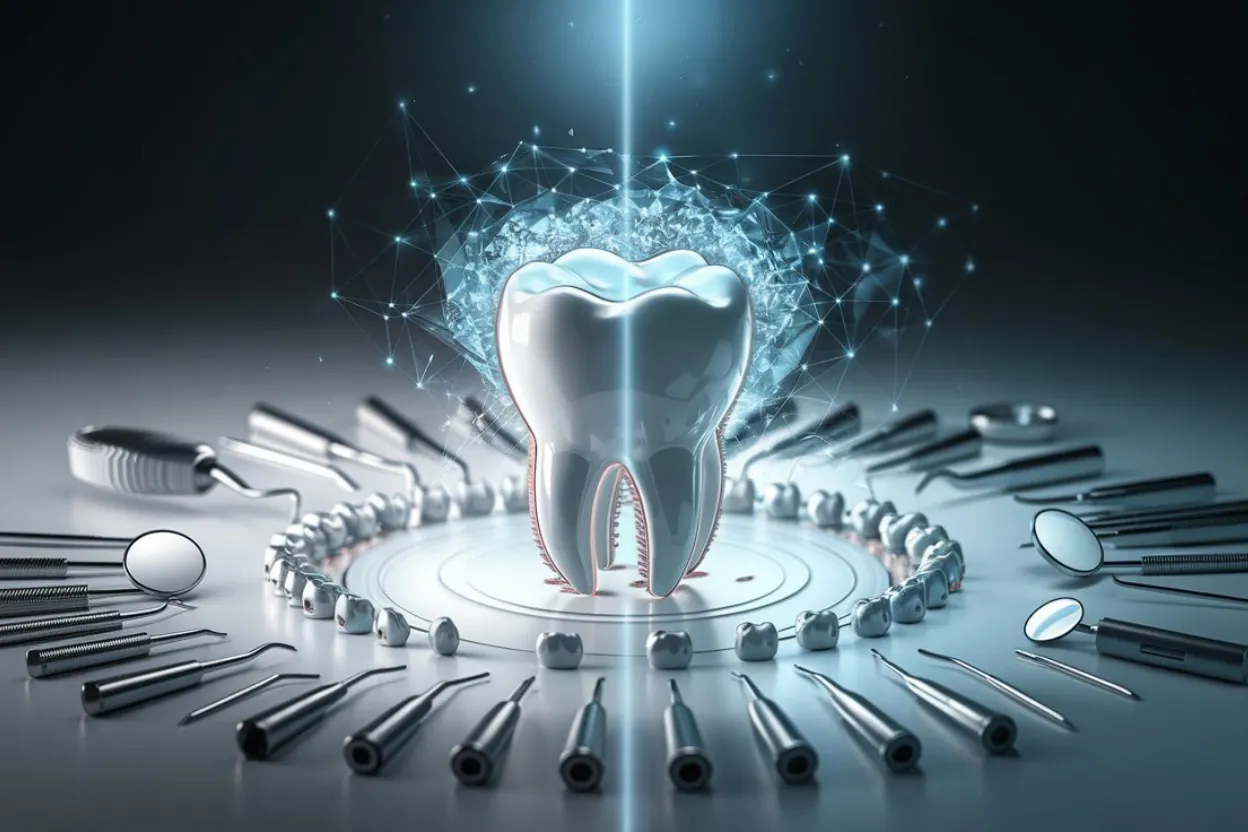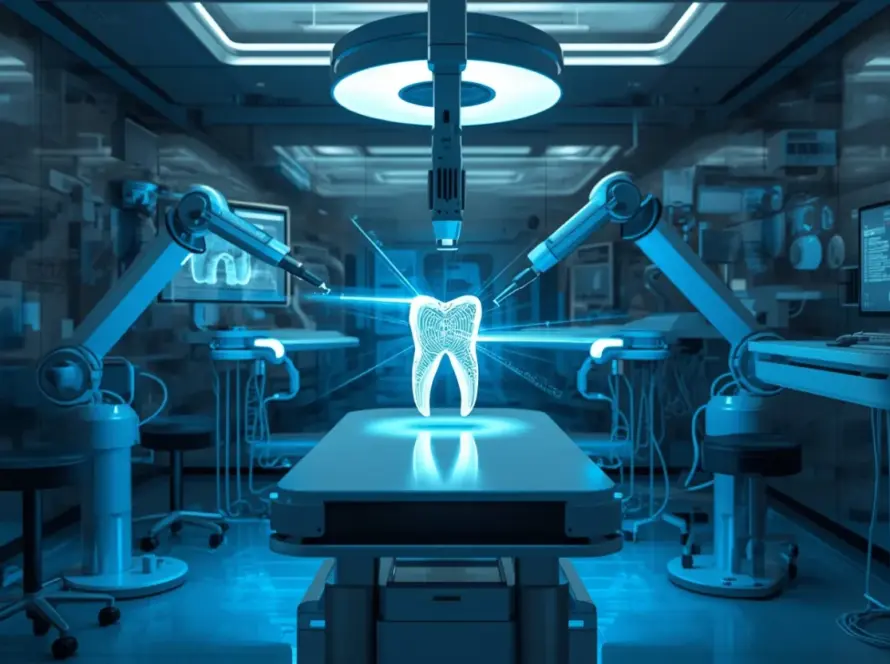Dentistry has changed a lot. These days, it’s less about drilling and more about saving as much of your real tooth as possible. Minimally invasive dentistry puts your natural teeth first, using new tools and smart materials to fix problems early, gently, and with less pain.
Let’s look at five dental issues people deal with all the time—and how modern, conservative techniques solve them.
1. Tooth Decay — Micro-Fillings and Sealants
Tooth decay usually sneaks in as a tiny spot where bacteria wear down your enamel. In the past, dentists would drill out a large area, just to be safe. Now, things are different.
Dentists use special dyes, lasers, and magnifying tools to see exactly where the decay starts and stops. Air abrasion or gentle lasers remove only the bad parts. Then they fill the spot with a composite resin that actually bonds right to your tooth.
For kids and adults who are prone to cavities, sealants are a lifesaver. Dentists paint them onto the deep grooves in molars—no pain, no drilling—and they can keep those teeth healthy for years.
2. Gum Disease — Laser Therapy and Precision Cleaning
Catching gum disease early makes it much easier to treat. Lasers zap away infected tissue and kill bacteria hiding in the gums, so you get less bleeding and swelling. Dentists use ultrasonic tools to clean the roots, helping your gums reattach on their own.
Because lasers seal up the tissue as they work, you usually heal faster. And you won’t need as many antibiotics.
3. Cracked or Chipped Teeth — Bonding and Onlays
A small crack or chip doesn’t mean you need a crown anymore. Dentists use tooth-colored bonding to rebuild missing enamel so it looks and feels natural. For bigger chips, onlays or partial ceramics replace just the damaged part—no need to cover the whole tooth.
Modern bonding is strong, and actually supports what’s left of your tooth, not weakens it.
4. Worn Enamel — Remineralization
If you grind your teeth, love acidic foods, or brush a little too hard, your enamel wears down. Instead of covering everything with a crown, dentists now use fluoride varnishes or calcium-phosphate gels to rebuild those minerals.
It’s simple, painless, and stops sensitivity in its tracks. Plus, they’ll help you tweak your diet and brushing so you don’t wear your enamel down again.
5. Early Cavities — ICON Infiltration
Not all cavities need a drill. With ICON, dentists treat “white spot” lesions—the first sign of decay—by sealing them up with a special resin. No shots, no noise, just a quick fix that keeps bacteria out and stops the cavity from growing.
It’s perfect for front teeth, too, since it brings back your natural color right away.
Why Minimally Invasive Dentistry Works
- You keep more of your real tooth, so it stays stronger.
- Less pain and quicker recovery, since there’s less trauma.
- Repairs are smaller and blend right in—no obvious fillings.
- Catching problems early saves money and hassle later.
- Dentists get more precise with lasers and high-tech tools.
A Real-World Example
Picture this: a 35-year-old comes in with a small cavity between two molars. The dentist uses a laser and a micro-composite filling—done in half an hour, no shots, no pain. Two years later, the tooth still looks perfect.
That’s pretty common with this approach: small fixes now, fewer problems down the road.
Prevention Is Everything
Minimally invasive dentistry works best when you catch problems early. Regular checkups, digital X-rays, and cameras in the mouth spot tiny cracks or early decay before you feel anything. And what you do at home matters—brushing right, using fluoride, and keeping sugar in check all help your teeth stay strong.
The Takeaway
The best dental care keeps things as natural as possible. With minimally invasive techniques, dentists fix what’s wrong while leaving the rest of your tooth alone. Whether it’s a tiny filling, laser cleaning, or rebuilding enamel, this new way of caring for teeth is gentle and smart—and it helps your smile last longer.



